As the 20th century began, Blues Music (an early music business name for black music), was finally being recognized, and played in larger venues.
Ma Rainey remembered first hearing the blues in Missouri, in 1902. WC Handy said he first heard the blues in Mississippi, in 1903.
Now, more than 100 years later, Ma Rainey and WC Handy are affectionately remembered as the Mother and Father of the Blues
As the grandson of a slave, and child of a southern evangelical preacher, WC Handy grew up special, although he didn't know how for a long time. He first learned music by listening to birds, and the harmonies birds can create with their singing.
Eventually he became a formally trained musician and composer, who popularized the blues by arranging his music in an orchestral style. Handy became well-known on the music circuit, and was a prolific composer.
Handy's compositions can be described as a fusion of blues with ragtime and jazz, plus a touch of the Cuban habanera rhythm that was part of the ragtime sound.
Handy settled in Memphis, Tennessee, in 1909. He played in bands, performing regularly on Beale Street. His 1912 publication of sheet music for Memphis Blues, introduced 12-bar blues to the music world.
Some consider Memphis Blues to be the first published blues song. It was also credited as the inspiration for the foxtrot dance step, made popular in the theatre world by Vernon and Irene Castle, a New York dance team.
In 1914, Handy published St. Louis Blues, his biggest hit. In 1916, he dedicated his Beale Street Blues to the street in Memphis which was the main entertainment district for the city's African American population.
Beale Street is still the Home of the Blues. Like Memphis itself, Beale Street is considered by fans as home base, for the best in blues music. To this day, Beale Street is lined with live music clubs, and hopeful musicians.
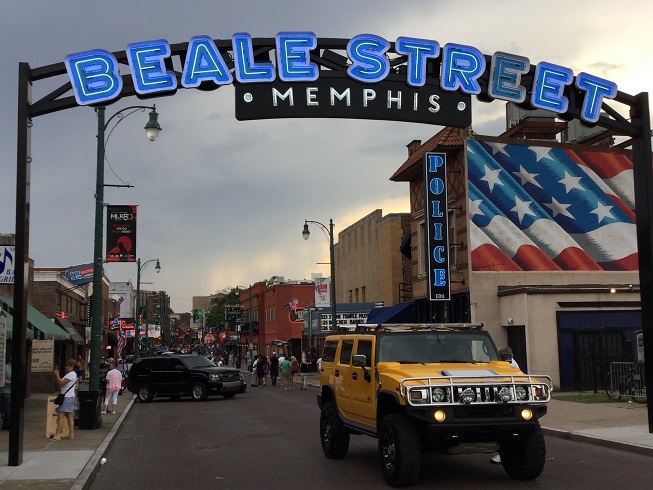

In recognition of Handy's contributions to the Memphis music scene, the city created WC Handy Park on Beale Street, to show the world that Memphis is truly the Home of the Blues.
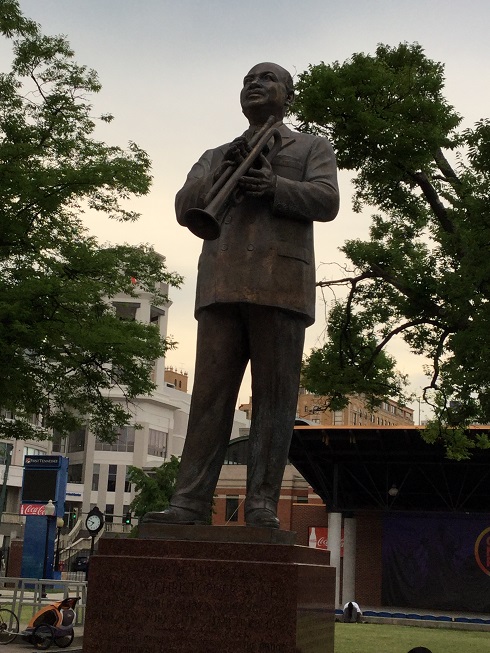

Beale Street is an experience, and not all of it is a good experience. Mix time-honoured blues music with modern poverty and alcohol, and Beale Street looks like party central for the derelicts of the world. But there's more to Beale Street than down and outers.
There are musicians on Beale Street too, and tourists, and fans of Blues Music who line up for food and drinks at BB King's Blues Club and Jerry Lee Lewis' Honky Tonk Cafe.
But as you wander past crowds of tourists, and locals with beer bottles in their hands, you can't help but think. Sure enough. These people look like they have the blues. The Blues is more than a style of music. The Blues is also a feeling, and you can feel the blues on Beale Street.
There are lots of reasons to have the blues. WC Handy could relate to the blues. WC Handy grew up in a log cabin, and lived a life of poverty, as a child. When he finally took his show on the road, money was scarce or non-existent.
When WC Handy took his music on the road, and toured America, there wasn't enough money to pay for hotel rooms. The Father of the Blues slept on the side of the road many times, with musical instruments under his arm, while laying his head on a satchel of clean clothing that he could perform in tomorrow.
Over the years, Handy learned that there was music, and there was also the music business. So he learned how to make a business out of his talents. In 1917, Handy moved to New York, opening a music publishing office in the Gaiety Theatre on Times Square, and finally performing in Carnegie Hall.
In the last half of his life, WC Handy did very well indeed, but he kept playing the blues because he loved the music. His compositions were popular among jazz musicians as well, but for Handy, it was always the blues.
It's well known that, there's more to the blues than sad songs. There's also a blues form, the blues scale, and blues chord progressions, of which the twelve-bar blues is the most common.
Blue notes, or "worried notes" (usually thirds or fifths, flattened in pitch) are also part of the blues sound. A walking bass adds something special to the blues rhythm known as the groove.
Blues as a genre is also characterized by its lyrics, and a lyric pattern of call and response. Early traditional blues verses consisted of a single line, repeated four times.
In the 20th century, blues music evolved from unaccompanied vocal and oral traditions into a wide variety of styles and sub-genres, including Country Blues and Delta Blues, as well as urban blues styles, like Chicago Blues and West Coast Blues.
World War II marked the transition from acoustic to electric blues and the growth of blues music into a wider audience of white listeners. In the 1960s and 1970s, Blues Rock, or Rockin' Blues developed, which blended blues styles with rock and roll.
Because of its time tested musical pedigree, the blues are now seen as a full member of the family of music. The Blues are featured in jazz festivals, and ritzy concert halls.
Blues singers sometimes joke backstage, saying, "It's not easy singing the blues when you're rich, and living in the suburbs".
In the 21st Century, blues music seems to carry on, without the sadness and the pain.
Early Blues Singers
The roots of blues music are found in African slave music, and southern gospel. Originally, the blues was field working music, sung by people as they worked in cotton fields, and on prison farms.
Today, in our whitewashed urban cages called condos, we can only imagine how beautiful it must have sounded, in the open air, with 10 or 20 black cotton pickers, all singing together, for ten or twelve hours a day, every day. One can only imagine how much effort they put into playing with all that music. And how they must have felt inspired at times.
Early blues frequently took the form of story-telling. African-American singers voiced their personal woes in a world of harsh reality, inspired by lost love, the cruelty of police, oppression at the hands of white folk, and just plain hard times.
After slavery ended in 1865, the music of the blues started showing up in more public places, at house parties and juke joints, in music halls, and then on dance records.
The first publication of blues sheet music may have been "I Got the Blues", published by New Orleans musician Antonio Maggio in 1908. This piece has been described as "the earliest published composition known to link the condition of having the blues, to the musical form that would become popularly known as the blues".
One very popular singer in those early years was Ma Rainey, Mother of the Blues.
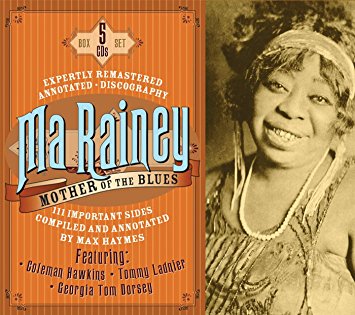

Ma Rainey's best remembered song is Ma Rainey's Black Bottom, a song about her big, beautiful ass swinging around on the dance floor, a song which can still be heard on radio today. It's funny, with clever lyrics, and an intimate blues style that never goes out of style.
Ma Rainey was a woman with a strong personality, who carried a gun onstage at all her shows, in case there were problems with managers, or men. She was accompanied on tour by some extremely talented women, Bessie Smith, Lucille Bogan, Victoria Spivey.
Ma Rainey's first blues recordings from the 1920s are seen as traditional, rural country blues, but a more polished city or urban blues also developed over the years.
City Blues and Country Blues were like twins with different clothing styles. Women singers mostly sang the more urban style of blues.
It must be said that, Female Blues Singers hold a special place in music history. With their spiritual roots, and jazzy rhythms, women singers sang the blues in ways that affected many other types of popular singing as well, ie. jazz vocals, and Broadway musicals, and bluesy torch songs of the 1930s and 40s.
From Mahalia Jackson to Etta James, blues singers have also made a name for themselves in gospel music, as well as rhythm and blues, and eventually rock and roll.
In the early years, many blues musicians made a lot of music, without making much money, but they did become famous, with stage names like Blind Lemon Jefferson, Blind Willie McTell, Blind Boy Fuller, Barbecue Bob, Curley Weaver, Tampa Red, and Son House.
In 1923, Sylvester Weaver was the first to record the slide guitar style, in which a guitar is fretted with a knife blade or the sawed-off neck of a bottle. The slide guitar became an important part of the Delta blues.
American blues singer Robert Johnson (1911-1938) made some landmark recordings in 1936 and 1937 which display a combination of singing, song writing talent, and guitar skills, that inspired later generations of musicians.
Rolling Stone Magazine ranked Robert Johnson as number 5, in the list of 100 Greatest Guitarists of All Time.
The little-recorded Robert Johnson was famous for telling people that he didn't learn to play the blues. Instead, he sold his soul to the devil, at a crossroads in his life, on the condition that the devil would help him succeed in music.
This musical history legend about Robert Johnson is more famous than his music. Maybe that's what happens when you sell your soul to the devil.
Still, there isn't a blues musician alive who hasn't thought about this story, at some point in their lives. It's all part of feeling the blues, and putting it into your music.
In the grand old tradition of throwing off slavery, finding freedom, and maybe even finding God, a long list of great blues players continues playing on radio to this day: BB King, Bo Diddley, Buddy Guy, Muddy Waters, John Lee Hooker, Howlin' Wolf, Little Walter, Sonny Terry and Brownie McGee,.
More than a hundred years later, a new generation of musical superstars has picked up the guitar, and carried the blues tradition into the next century.
Second generation blues players include the Allman Brothers, The Blues Brothers, Eric Clapton & Cream, Mick Jagger & The Rolling Stones, Paul Butterfield Blues Band, John Mayall & The Bluesbreakers, J Geils, JJ Cale, Johnny Winter, Carlos Santana and Nina Simone.
And the lineup of great blues players is continuing into the 21st century. Bettye LaVette has produced a modern blues rock album that translates Bob Dylan classics into pure blues jams.
One could say that the blues are still alive and doing very well, thank you very much.
Danny Marks has a song
The Blues Came To Chicago
which explains what happened when the blues moved northward.
If you want to feel updated with the best and the latest from the world of blues music, you can listen to Danny Marks online radio show, Bluz-fm, which plays on Toronto's Jazz.fm Radio, Saturdays 8 pm to midnight. (
www.jazz.fm)
Memphis' Legendary Sun Studio
The story of Sun Records is well known in music history, because it was Sun Studio that discovered Elvis Presley. Sun Studio helped several unknowns become famous, including Johnny Cash, Jerry Lee Lewis, Carl Perkins, BB King, and Ike and Tina Turner.
The owner / manager / recording engineer / and janitor at Sun Recording Studio was Sam Phillips. Sam came to Memphis from Florence, Alabama, the same small town where WC Handy was born. Sam Phillips heard lots of black music as well as white music in Alabama, and he opened Sun Studios to offer recording services to everyone.
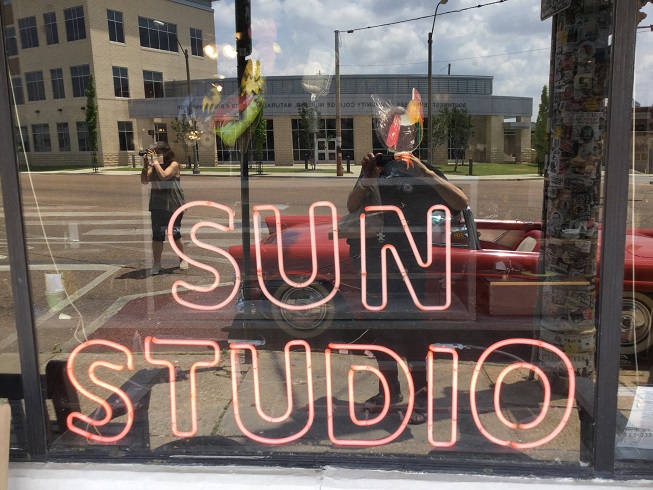

There are many great Sun Records stories. One such story illustrates how Sun helped create the rock and roll sound, when Sam recorded a song called Rocket 88 with Ike Turner.
When Ike lifted the guitar amplifier out of his car, to use in the Sun recording session, he dropped the amp and broke the speaker cone. There was no time to repair the damage, and no money to buy another amp.
Sam Phillips made a suggestion to Ike. Stuff the amplifier speakers with crumpled newspaper, as a way of reducing the noise of broken speaker distortion.
They stuffed the speaker cone with newspaper, as Sam suggested, and the end result is the first recorded sound of guitar distortion. With this happy accident, these musical adventurers invented listenable guitar distortion, and generated a multimillion dollar guitar pedal industry. And that was just from one Sun recording session.
Sam Phillips also recorded a vocal quartet from a nearby prison, who called themselves The Prisonaires. You can hear The Prisonaires original song on the Sun Studio Tour. The singing on that particular Prisonaires recording is so beautiful, it can make a grown man cry. These singers didn't sound like criminals.
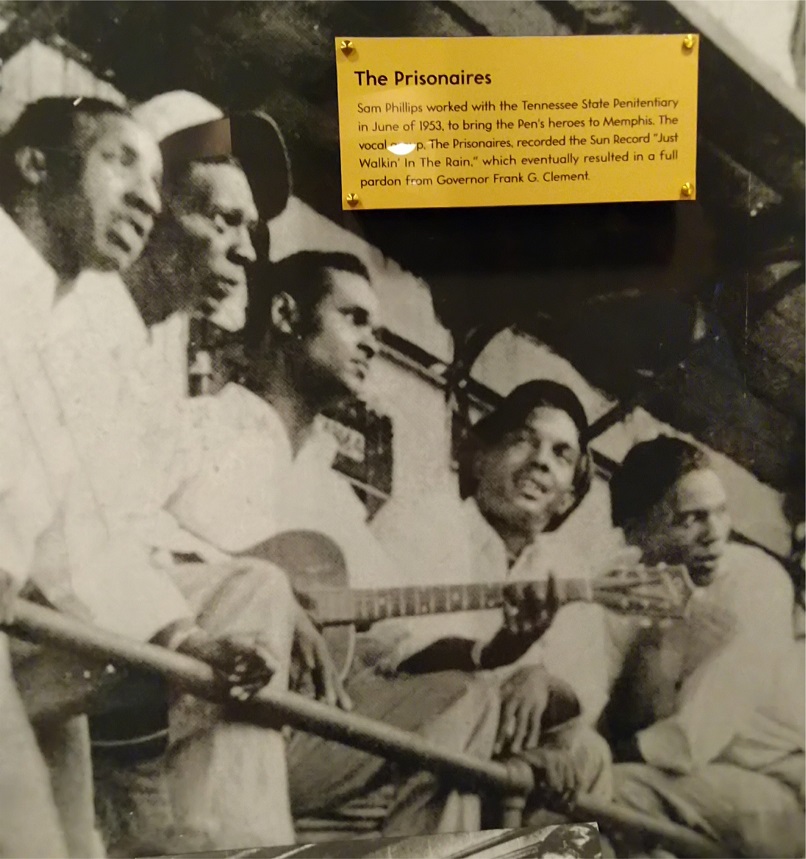

Another Sun story is how Sam Phillips didn't think Elvis could make a saleable record.
Sam discovered that operating a recording studio cost money, and his overhead kept him in constant debt. To improve the cash flow situation, Sam launched a new service, the Memphis Recording Service, which advertised a record bargain, "Record Yourself for $4."
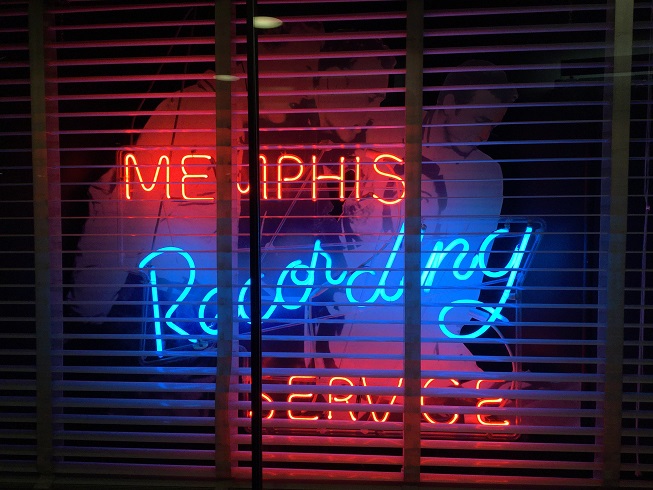

The $4 recording service was open to anyone who walked in off the street. As you can imagine, Sun Studios didn't make much money with this new business venture. Then, in walked Elvis Presley, a shy Memphis kid who wanted to record a song for his Mama.
Sam wasn't in the studio when Elvis walked in the door. Sam was doing errands, like visiting his unhappy bank manager. While Sam was out of the office, Marion Keisker. Sun Studio's Office Manager, kept the doors open. Sam had shown her what to do with the recording equipment, in case there was a customer.
Marion Keisker engineered Elvis' first recording, a soulful version of My Happiness, Elvis paid his $4, and Sun gave Elvis My Happiness to take home to his mother.
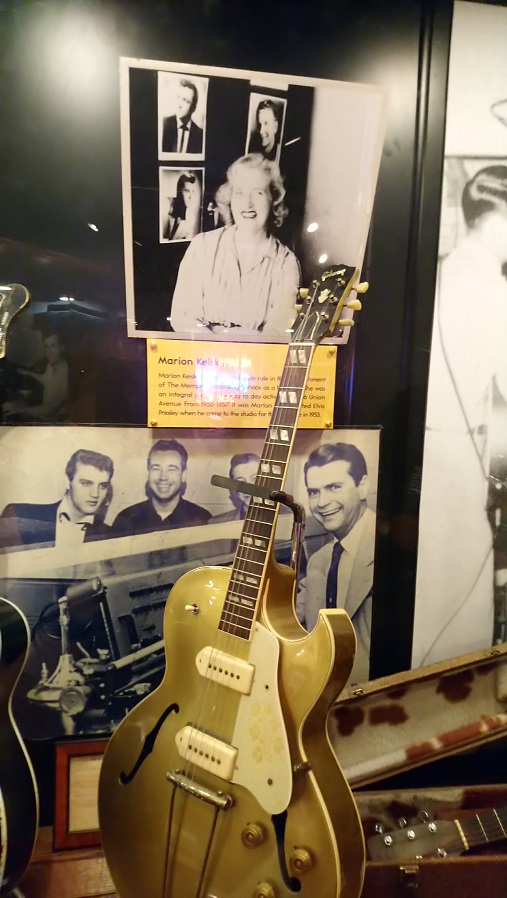

Sam was always searching for new talent in those days. Marion suggested Elvis Presley. Sam listened to Marion's recording of My Happiness, and concluded, Elvis didn't have enough talent to sell records. Marion kept insisting that Elvis should be given a chance. Finally Sam Phillips invited Elvis to Sun Studio, to try recording a song.
The recording session with Sam and Elvis did not go well at first. They spent four hours recording different songs, but none convinced Sam that Elvis could sell records. Finally, Sam told Elvis and his backing musicians to take a break.
Elvis was nervous. This was his only chance and he knew he was blowing it. Sam noted later that Elvis seemed nervous, and was blowing off steam by humming a tune under his breath.
The musicians didn't know the song Elvis was singing to himself, but they played along. Sam ran back into the studio to turn on the recording equipment. They tried a couple of times, so the musicians could learn the song. Sam told them to sing it louder and faster. Then they recorded a perfect take.
The recording was "
That's All Right Mama". It was an old blues number from the black side of the tracks, and Sam liked the song. He pressed the record and personally ran with it, to a local radio station, insisting the DJ play the song right away, which he did. The public reaction was so swift that the DJ kept playing the song over and over.
That's All Right Mama was Elvis' first radio hit, and every song he recorded at Sun Studio was bigger and better than the last one.
Money was finally flowing in, but Sun Records was still in financial trouble. Elvis saved the day when Sam Phillips sold Elvis' contract to Colonel Tom Parker for $30,000.
Considering al the money Elvis made over the years, the Colonel got a steal, but Sam Phillips came out a winner as well. He was now out of debt, and famous as the man who discovered Elvis Presley. Sun Studio went on to do bigger and better things, and a lot of people associated with Sun Studio ended up as millionaires.
A few years later, Elvis was back in Memphis, and visited Sam Phillips at Sun Studio. Jerry Lee Lewis was there, working on a recording, and Johnny Cash dropped by, as did pop country star, Carl Perkins.
The local press sent a photographer who captured a classy picture of the four local superstars together. The newspaper headlined the picture as the Million Dollar Quartet.
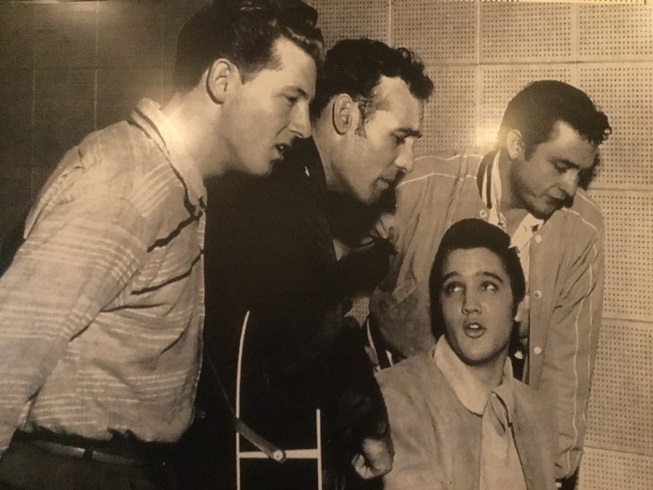

But the million dollar quartet wasn't there to make money. They were simply saying Hi to some old friends, when someone started banging out a tune on Jerry Lee's piano.
You know how musicians are. Show offs, every one of them. Four hours later, they had sung every song they knew, and Sam Phillips had secretly recorded the whole session.
It wasn't the best music these four musicians ever made, but it may be the most fun, and it is fascinating music history, and it's available today from Sun Studio. Sun Studio could be selling this music forever.
Money changed the game for all the singers and musicians who played at Sun Studio. Elvis was the wealthiest of them all, and he bought a mansion at Graceland, on the other side of town.
Graceland is now managed as one of the best known and most popular music tour destinations in the world.
Every year, millions of people pay $50-100 or more to visit Graceland, so they can see where Elvis lived and played, and recorded music at home.
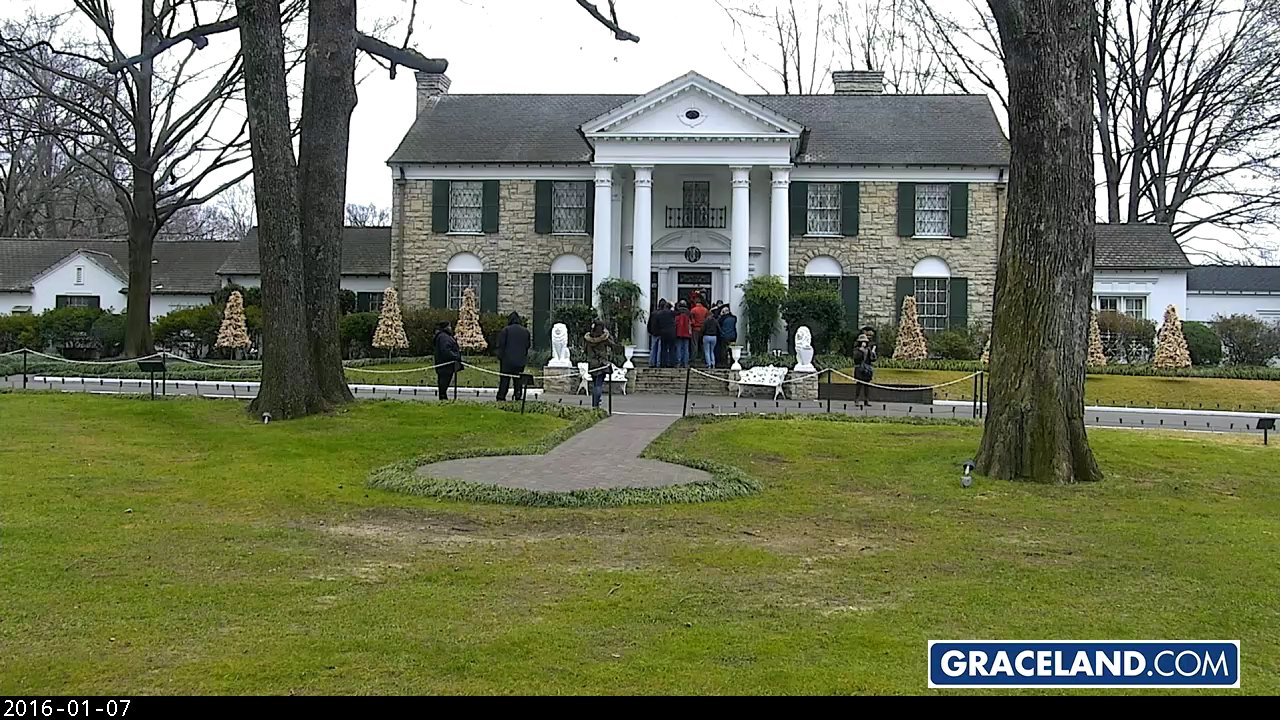

Stax Records and Soulsville USA
Near where Sun Studio is located, another recording studio set up shop, ten years later, operating in the 60s and 70s, when soul music was taking over the dancefloors.
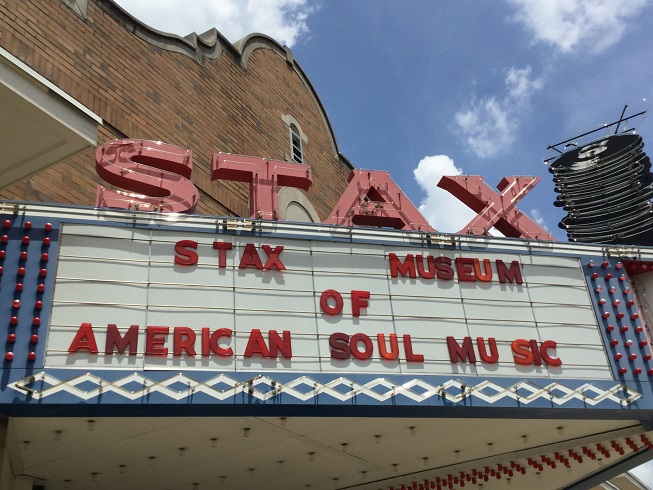

Stax Records was owned by two white people, who enjoyed working with both black and white musicians, as long as they were terrific musicians. Jim Stewart and his sister, Estelle Axton are legends in the music world for the musical playground they created.
Stax developed a reputation for creating musical magic. People working in Stax knew the place was special, and they attributed it to the magic of black people and white people working together creatively.
From this coming together of black and white music Stax created a musical niche for itself, calling itself, and Memphis, Soulsville. As the home of Soulsvile USA, Stax became Motown's biggest competition.
Just like Memphis is the Home of the Blues, Memphis is also Soulville, thanks to Stax Records, and the way they mined soul music for gold.
The list of Stax recording artists is long and impressive, with superstars like Otis Redding, Isaac Hayes, Booker T., Carla Thomas, Wilson Pickett, and Soul Man Duo, Sam & Dave.
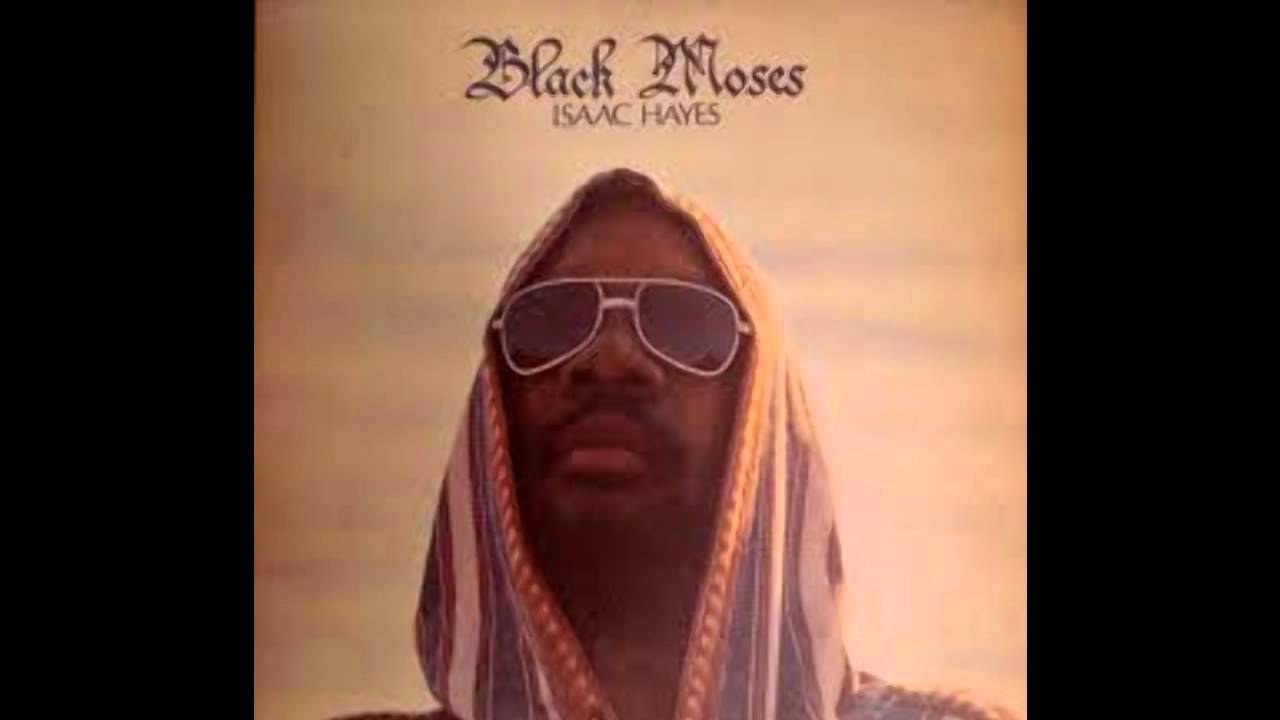

But over time, Stax encountered a series of problems beyond its control. Their biggest star, Otis Redding, died in a plane crash while on tour in 1967. In the same year, their national record distributor, Atlantic Records was sold to Warner Music. Over the next few years, Warner Music screwed Stax so badly that Stax finally went bankrupt in 1975.
At the heart of the problem was ownership of Stax' music catalogue. To this day, Atlantic Records, or the owner of Atlantic Records, owns the rights to the vast majority of Stax recordings, from 1959–1968.
Jim Stewart, the creator of Stax Records, eventually lost all his money, when the Union Planters Bank foreclosed on their loans to Stax, and the bank took possession of the property.
As the music business churned around them, Stax suffered another blow, when Martin Luther King was shot and killed in the Lorraine Motel, near the Stax Studio location.
The Lorraine Motel coffee shop was a popular hangout spot for Stax personnel, and was the place where Eddie Floyd and Steve Cropper wrote the hit song "Knock on Wood"
King's senseless murder set racial harmony back to the dark ages. In the ensuing race riots, buildings burned all around them, but no one took a torch to Stax Records, out of respect on all sides.
Still after 1969, say Stax personnel, the good feeling that existed, as musical magic, between black and white musicians seemed to disappear.
The city of Memphis was torn apart by the death of Martin Luther King. Blacks and whites again retreated to their own corners, and lived in their own separate worlds. Soul Music moved out of the city, relocating all around the country, in Motor City, Chicago, and Los Angeles.
In the 70s and 80s, the best of soul music was being recorded outside of Memphis. It was the end of an era for Soulville, and the start of Disco, all over America.
Looking back over its many contributions to music, Memphis has had an outstanding musical history, with Sun Studio, Stax Records, Soulsville USA, WC Handy Park, and Beale Street, where the music still plays on, day and night, all the time.
Memphis is still Soulville, and it's still the Home of the Blues. Stax Music Museum is also home to the Stax Music Academy. The music never dies, just some of the players.
Maybe you have to be there to feel it, but the music lives on forever, in Memphis. If you ever want to feel the blues, so much that you feel like singing, you can always visit Memphis, Tennessee.